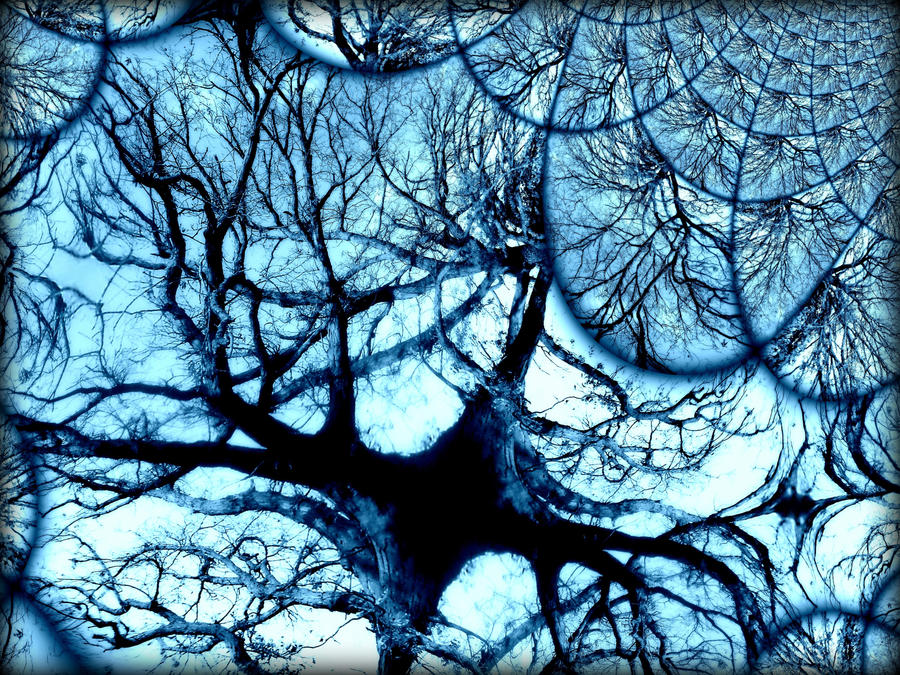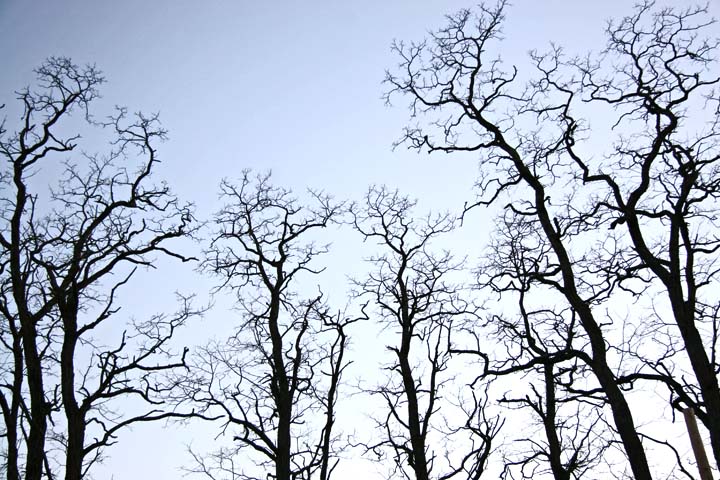Fractals are weird. We can all agree on that. But, in reality, Fractals are useful geometric objects, which can provide vital advances in technology, medicine, and other stuff that concerns daily life.
Fractals according to Merriam Webster dictionary are: any of various extremely irregular curves or shapes
for which any suitably chosen part is similar in shape to a given larger
or smaller part when magnified or reduced to the same size.
Fractals according to Wolfram Alpha are:
 (010101 Technical error 404; image not available)
(010101 Technical error 404; image not available)
But that is really technical, so my definition is: a shape or a line or a geometric form, that if you zoom in on a particular place on that shape or a line or a geometric form, you will see a similar image there, so a figure which repeats itself over and over and over again, the smaller you go.
But what are some uses of Fractals you may ask? Or you may not, but I'll still answer.
Fractals are used in Training programs for pilots in developing mountains, by stacking triangle on each other over and over again to the thousandth of an inch. The same goes for video games. How do you think the landscapes in Halo and CoD were made? How about Cellphone antennas. There is a reason the Android, iPhone, and Blackberry, Windows, Symbian phones don't have large radio antennae that you pull out; they have these;
That is a phone antenna in all its unmasked glory. Because of some forgotten or too complex equation, the larger the surface are of an object, the more radio waves, or things can connect with it, and the better the signal becomes. Also, in medicine, fractals are everywhere. Veins and arteries are fractals, because the more you zoom in, they continue to look the same while branching off. Same applies to tree branches.'
Here are some examples;


So there are some nature examples.
Here are some more traditional examples:
Mandelbrot's Set:
Gosper island:
Sierpinski curve:
But how are these related to Transformations?
Well, we get these transformations using two, possibly three ways. First, we copy the figure, or part of the figure. Then we dilate the figure and paste that figure at a certain part of the figure.
How we discovered Fractals, you ask?
Well, a guy by the name of Mandelbrot published a book about fractals, in which he talked about Fractals, and their uses, and examples, and how to make them. That book was published in 1975, and then the world was never the same again.
Written by Paul A. Goldgisser

That is a phone antenna in all its unmasked glory. Because of some forgotten or too complex equation, the larger the surface are of an object, the more radio waves, or things can connect with it, and the better the signal becomes. Also, in medicine, fractals are everywhere. Veins and arteries are fractals, because the more you zoom in, they continue to look the same while branching off. Same applies to tree branches.'
Here are some examples;



So there are some nature examples.
Here are some more traditional examples:
Mandelbrot's Set:

Gosper island:

Sierpinski curve:

But how are these related to Transformations?
Well, we get these transformations using two, possibly three ways. First, we copy the figure, or part of the figure. Then we dilate the figure and paste that figure at a certain part of the figure.
How we discovered Fractals, you ask?
Well, a guy by the name of Mandelbrot published a book about fractals, in which he talked about Fractals, and their uses, and examples, and how to make them. That book was published in 1975, and then the world was never the same again.
Written by Paul A. Goldgisser
Nice post, Paul. Love the pictures as well as your conversational style of writing. Good stuff.
ReplyDeleteHave you ever tried designing a fractal?
The Sierpinski Triangle is often referred to as a model for typical fractals (it's famous). Vhart, an internet blogger, explains in a friendly way multiple kinds of fractals: http://www.youtube.com/watch?v=e4MSN6IImpI
ReplyDeleteShe also just released a (strange) video on making S' Triangle with candy corn for Halloween: http://www.youtube.com/watch?v=z8ZWlUamNPI
(watch at your own discretion :D)